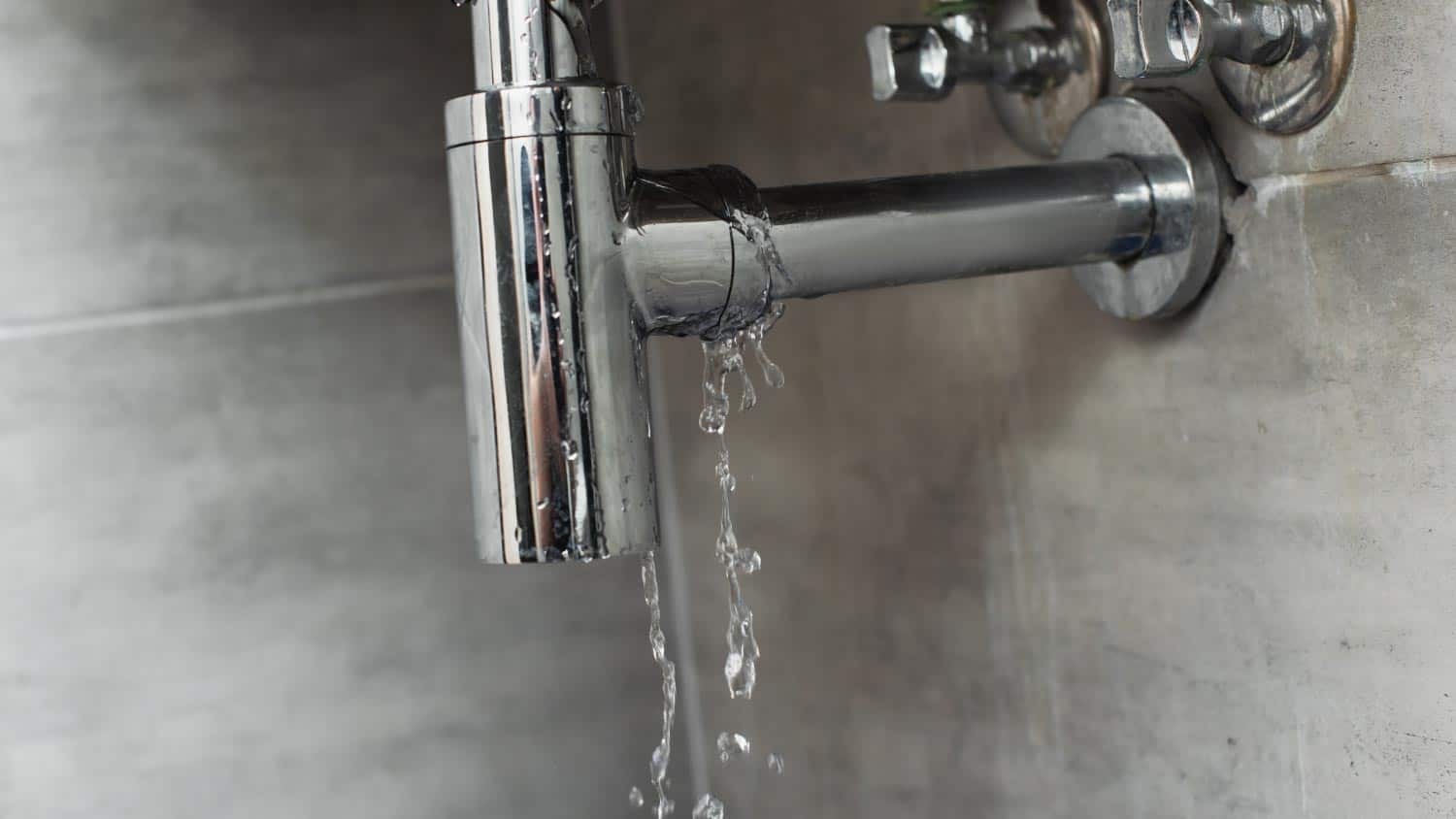Just about everyone may have their personal rationale on the subject of Hacks to detect leaks.

Early discovery of dripping water lines can mitigate a possible catastrophe. Some little water leakages may not be visible.
1. Analyze the Water Meter
Inspecting it is a guaranteed means that aids you uncover leakages. If it relocates, that suggests a fast-moving leakage. This means you might have a slow-moving leak that can even be underground.
2. Inspect Water Intake
Assess your water bills as well as track your water consumption. As the one paying it, you must discover if there are any kind of disparities. If you find sudden changes, despite your usage coinciding, it means that you have leaks in your plumbing system. Keep in mind, your water expense need to drop under the same array on a monthly basis. An abrupt spike in your bill suggests a fast-moving leakage.
At the same time, a consistent increase on a monthly basis, despite the very same practices, reveals you have a slow leak that's additionally slowly intensifying. Call a plumber to extensively inspect your property, specifically if you feel a cozy location on your flooring with piping beneath.
3. Do a Food Coloring Examination
When it involves water usage, 30% originates from bathrooms. Examination to see if they are running appropriately. Decline specks of food shade in the tank as well as wait 10 mins. If the color somehow infiltrates your dish during that time without flushing, there's a leak in between the storage tank and dish.
4. Asses Exterior Lines
Do not forget to inspect your exterior water lines as well. Needs to water seep out of the connection, you have a loosened rubber gasket. One little leak can lose tons of water as well as surge your water costs.
5. Inspect as well as Examine the Scenario
House owners need to make it a behavior to check under the sink counters and also inside closets for any kind of bad odor or mold and mildew development. These 2 warnings suggest a leak so prompt attention is required. Doing regular inspections, also bi-annually, can conserve you from a major problem.
Inspect for stainings as well as deteriorating as most pipes and devices have a life expectancy. If you believe dripping water lines in your plumbing system, do not wait for it to intensify.
Early detection of dripping water lines can minimize a potential catastrophe. Some tiny water leakages might not be visible. Checking it is a surefire way that aids you uncover leakages. One small leak can throw away bunches of water and also surge your water bill.
If you suspect dripping water lines in your plumbing system, don't wait for it to escalate.
Tips for Detecting Hidden Plumbing Leaks
Check for Signs of Water Damage
We recommend that you check the following places for evidence of water damage:
Near where you store your water heater
Around your sump pump
In areas where pipes are visible
Underneath cabinetry or a vanity beneath a sink
Where your outside hose bib isIf water damage is present, you may also notice mold and/or mildew or smell a foul or musky odor. You might also be able to hear the sound of water running where it shouldn’t be.
Perform a Water Meter Test
One of the easiest ways to determine whether you have a hidden leak on your property is to test your water meter. Turn off all appliances in that use water and make sure you don’t have any faucets running. Locate your water meter and record the reading on it. Continue to leave everything off for a minimum of two hours and then go back and see the meter reading. If it’s a noticeable difference, chances are you have a hidden plumbing leak.
Monitor Your Outside Usage
As the seasons change, you might use more water to keep your yard lush and green and your flowers blooming. However, it’s important to routinely ensure that your sprinkler or irrigation system is working properly and that any outside faucets are completely off. This way you’re not wasting any water.
Do the Toilet Food Coloring Test
Are you kept up at night because your toilet continues to run? If you’ve noticed your toilet randomly refills, especially when it’s not in use, it could mean you have a defective flapper tank and water will leak into the bowl. Fortunately, there’s an easy (and kind of fun!) way to test whether you’re dealing with this issue. Grab some food coloring and add a few drops into your toilet’s tank. Wait 15 minutes and then check to see whether the water in the bowl is colored. If it is, you have a leak within your toilet and the internal assembly will need to be repaired or replaced.
https://www.carterservices.com/blog/2020/february/tips-for-detecting-hidden-plumbing-leaks/

I am just very enthusiastic about Finding hidden leaks and I really hope you enjoyed the piece. Appreciated our posting? Please share it. Let others locate it. I truly appreciate reading our article about Leaking water lines.
Booking Page